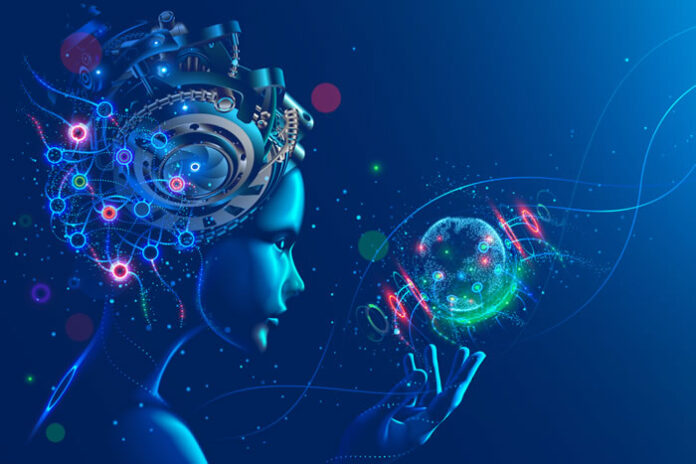With billions of dollars at stake, decision-makers need to set boundaries and parameters for AI to avoid any downsides to technology usage. It is critical to know how to avoid common mistakes with neural networks to feel confident about your solution stack. AI processes information differently, and it’s essential to understand how each works before applying it in business. For instance, specific data that a neural network might not be able to process, such as the reasoning behind the results of an insurance claim — might not have a straightforward representation in machine learning because of possible interpretations.
In this situation, the output of a neural network might not have quality results. This issue of overfitting is a typical problem of AI, and a variety of use cases, and data might bring up additional challenges that the human brain can handle and adapt to more easily and creatively. The human brain is better at processing information that is not straightforward. An algorithm needs a dose of human judgment to decide ambiguous details.
How Systems Can Become Biased
Several cognitive biases built into AI algorithms may seem innocuous at first, but they can profoundly impact business outcomes in the long run. These biases in AI make it less effective and less valuable to the business. Have you ever felt frustrated by the way a machine learning algorithm decided something?
For example, if there are exceptions to the rules in issues of fraud detection in the financial industry, both experts and customers alike would want to know all of the elements that led to the AI’s decision and require some transparency regarding the outcome. This type of scenario can be an issue for many different kinds of businesses and industries. Unlike humans, artificial intelligence has a hard time overcoming biases to reach optimal business outcomes. What does this mean exactly? AI systems don’t have their own opinions; instead, they receive input and information from biased views.
Why Bias Hinders Decision Making
Few things are more frustrating for business owners than a missed target or a misplaced investment, but cognitive biases can hinder intelligent decisions and cost every year. From automatic compliance processes to mandated document submission, biases can negatively affect business efficiency. So, if applying machine learning to these areas proves unproductive, what should businesses do instead? First, it would help if you were very sure that your current bias-reduction measures are working. The highest caliber quality testing combined with clean, bias-free input is the best way to combat issues with applying machine learning. Furthermore, you can’t rely on algorithms alone to make all decision-making and turn it into usable business decisions. There also needs to be a human element involved in evaluating the quality of information if something goes wrong.
The psychology of human cognition has long fascinated AI researchers. For example, introverts and extroverts seem to respond differently to numerical algorithms. Introverts process whatever information is provided in ratio per second. Extroverts, meanwhile, rely on more concrete, qualitative data. Also, humans are easily rattled. We are vulnerable when the stakes are high, like during a crisis. Inexperience and nervousness make us decide quickly when it’s sensible at first glance but isn’t so simple.
But if your business faces a sudden uncertainty, a proclivity for deep thinking, over-analyzing, and compensating for lower performance through shortcuts doesn’t help. Confirmation bias is a type of cognitive bias defined as the tendency to search for, interpret, find, confirm, and remember information in a way that confirms one’s preexisting beliefs. Another example of this is trusting a new hire with your strategy. The biases you’re likely to have in that situation would be confirmation bias or looking for evidence that shows your ideas are the best.
AI algorithms in the future must think more like humans. However, the trade-offs are likely to be more nuanced. The potential trade-off between accuracy and efficiency depends on the algorithm’s experience and the value you calculate it to deliver. Currently, businesses have to make trade-offs between accuracy and efficiency. For example, an IT manager may review each possible intersection between data points and make manual trade-offs between accuracy and pro-rated efficiency. This is something an AI tool should also be able to do.
Even though a question you’re asking might be relevant to the algorithm’s decision-making and helps it reach truthful, honest answers, a quick and dirty answer is usually cheaper for the business in the long term. Even existing AI solutions that use frequent reasoning can spend more time answering more iterative questions in an attempt to find the best possible answer. In these instances, human-centric explanations are still influential. It’s hard to evaluate a solution that relies solely on how an AI thinks someone will answer in a particular situation.
But whenever someone applies human-centered reasoning, it can open the door for difficulties, and many often hold the viewpoint that it already does. It won’t just be about automating or improving processes; it’ll be more about decisions and tasks that, up to now, typically humans did. Improving this means doing what’s difficult for humans: overcoming cognitive biases.
















